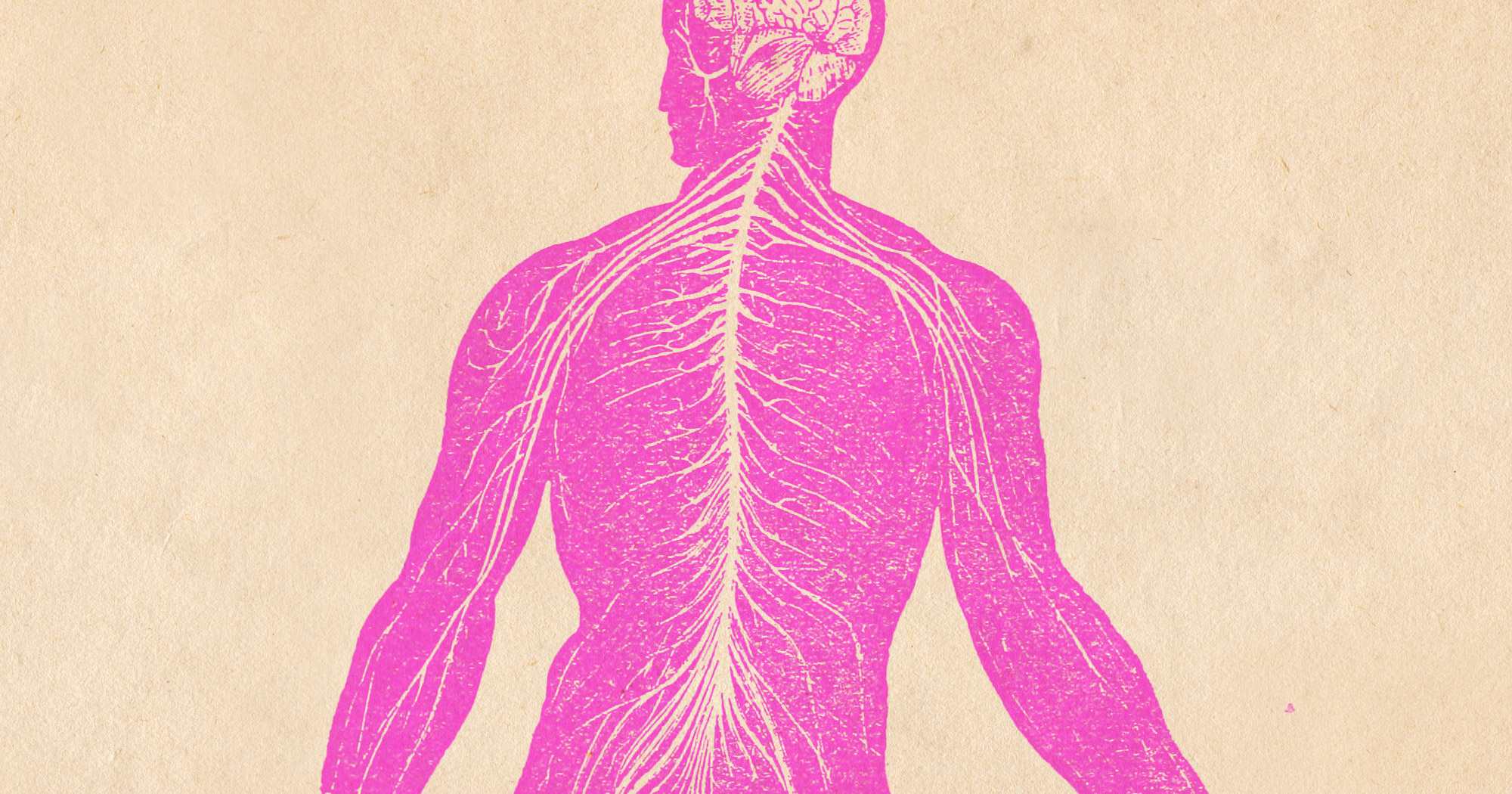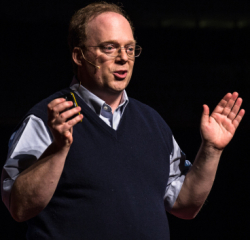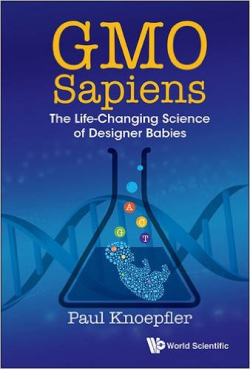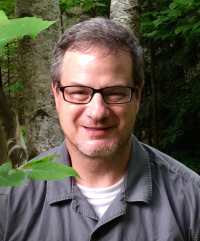Eugenics Revisited: Author Asks if We're Ready for Genetically Modified Humans

If you think the argument over the benefits and risks of genetically modified foods is confusing and contentious, just wait until the debate over genetically modified people gets into full swing. All the elements are there: the potential to do great good through the eradication of disease and great harm through accidental or weaponized genetic destruction, not to mention the morally gray areas of so-called “designer babies” and corporate control over life-enhancing technologies.
The technology is almost here, and thinking ahead for us are authors like Paul Knoepfler, whose book GMO Sapiens: The Life-Changing Science of Designer Babies, an INDIEFAB finalist, tackles these tough issues and more. I was curious about what to expect from the next contentious public debate over science. So, I asked him.
Eugenics is forever associated with the ugly stain of Nazism and the forced sterilization of thousands in the United States. How can the idea of genetic modification of humans ever come back from that?

Paul Knoepfler: Attempts at making the human species 'better' through genetic modification is a risky proposition.
In researching and writing my book, I came across a wide range of opinions about human genetic modification and tried to include as many of those diverse perspectives as I could in the book. I believe that those advocating for eventual human genetic modification have to tackle head on the very negative associations both with the eugenics of the past and also the negative views that many people around the world today carry toward GMOs in the sense of plants and foods.
Some have argued that “eugenics” is not a bad word and that the use of CRISPR (short for clustered regularly interspaced short palindromic repeats, a genetic modification technology) for human betterment would be a new, liberal eugenics. It is interesting that they have embraced the word “eugenics” rather than shying away from it in some cases, but they have sought to redefine it in a positive way. I admire their directness, but that’s going to be a tough task to carry off with the public.
My own view is that attempts at making the human species “better” through genetic modification is a risky proposition. While some uses of genetic modification technology such as CRISPR would be strictly to prevent genetic diseases, others fall into a gray zone between disease prevention and trait enhancement. Still other people are straight up advocating human enhancement such as attempts at boosting height, muscle, and intelligence.
If initial efforts, say in 5-10 years, at genetic disease prevention are successful and safe, then I think the public in some countries may start to move toward acceptance. In other places, I expect that strong opposition will remain. For instance, when I was in Vienna last year to give my TED talk on designer babies, the people I met there from different European countries, but primarily from Austria, were much more strongly opposed to the idea of human genetic modification than what I’ve seen with us Americans. It was fascinating talking with them and overall it was a very powerful experience for me as my father was born in Vienna and his family fled their home due to the Nazis and their eugenics.
Part of the opposition to genetically modified foods has to do with the control of a few large corporations over the process, and not necessarily the science (although a segment will always oppose the science, too). Is the issue of public or private control also a concern as we move forward with genetic enhancement of humans?
For the vast majority of us scientists, including those of us using CRISPR for experiments in our labs (we use it in my lab to study stem cells and cancer in a dish) we are focused on using a tool such as CRISPR to answer biological questions that fascinate us and may impact human disease. However, there is another, financial level to a transformative technology such as CRISPR. My understanding is that more than a billion dollars have flooded into biotechs working on CRISPR in just the past 6-12 months. There is also a patent dispute over CRISPR going on right now that could have huge scientific and commercial implications.
I learned quite a bit about this financial and industry level while researching the book and conducting interviews as, frankly, it was a part of science that I have been relatively naive about during my career. It became clear to me that there are some scientists and investors who are very passionate about commercialization of CRISPR for use in humans. At the same time, the money side of things has not been talked about enough at meetings.
For example, at the National Academy of Sciences meeting on human “gene editing” (another phrase meaning genetic modification) in December that I attended, I would say that less than 1 percent of the time at the gathering was focused on financial factors. I felt like that was the big elephant in the room that nobody wanted to (or felt comfortable with) talking about as if it was somehow taboo or something.
The reality is that the commercial side to CRISPR could end up dictating how it is used. In writing the book, it struck me that a Monsanto or Syngenta of human modification—commercially making GM humans—could emerge that has tremendous power.
Like any technology, genetic modification can be used for good or ill. Can you identify any single innovation that typifies this dual use?
From the past, nuclear physics is a good example. My dad’s cousin Eugene Wigner had a big impact on my scientific thinking when I was a kid. Eugene was a Hungarian nuclear physicist who worked on both strictly scientific questions related to nuclear physics and also later the Manhattan Project to build the atomic bomb. He eventually came to have very conflicted feelings about the latter after the two bombs were dropped on Japan, and he and I talked a lot about that dilemma.
The war ended arguably a couple years early because of the development and use of the atomic bomb, but the technology spread and posed a tremendous threat to the world. That dialogue was one of the strongest experiences I had as a kid related to science and I carry with me his sense that powerful new technologies can do amazingly good things, but they can also spin out of control and end up in the hands of other decision makers. In hindsight I’m amazed that Eugene took the time to talk to a kid about all of this and how frank he was.
With genetic modification, I can see single innovations that pose similar dilemmas. One example would be the use of a CRISPR-powered technology called gene drive. A timely case to consider is Zika transmission by mosquitoes. In theory, gene drive, a genetic modification technology intended to genetically alter an entire real world population of organisms, could be used to wipe out Zika-transmitting mosquitoes. Eventually, with a few tweaks, it could wipe out all malaria-causing mosquitoes too in other regions. Millions of lives could be saved and impacted positively. It really could be that powerful a technology.
At the same time, gene drive is very unsettling to geneticists because of that power. If gene drive ended up not working properly it could cause what I’ve termed a “gene spill” by analogy to an oil spill. In a gene spill, ecosystems are permanently genetic changed and there would be most likely nothing we could do to stop it short of extreme interventions such as flooding entire ecosystems with toxins. Gene drive is essentially a “contagious” genetic modification tool that spreads in populations, sort of akin to an artificially driven evolution on steroids.
The other worry here is that gene drives could be used as WMDs by terrorists and national security director James Clapper just weighed in on this a few weeks back.
Tell us briefly how you went from idea to published work with World Scientific Publishing.
My first book, Stem Cells: An Insider’s Guide, was published in 2013 with World Scientific Publishing and I had a very positive experience with that. Even as that book was being born I felt a passion to write a second one and it was clear to me that we were witnessing the early days of a revolution in genetic modification technology with CRISPR.
Still in the early research and writing stages, I started hearing rumors of CRISPR eventually being used in humans in coming years. This struck me as a historic scientific event. As I went to try to learn more, it became clear to me that there were no books out there on CRISPR that were targeted to a broad audience and that tackled policy and societal issues. I decided to write this kind of book myself. The more I learned, the more excited I became about the topic even as I realized how controversial this topic was going to be.
Some fellow scientists said I shouldn’t write this book because there was a sense in the scientific community that one shouldn’t be critical of CRISPR or raise issues such as eugenics. It was considered politically incorrect to do so, but I made a conscious decision to pursue this because I felt that was the core area that needed discussion. It’s still a bit unsettling at times to think about the powerful people I may have upset with this book in which I didn’t pull any punches on what could go wrong, but the feedback I’ve gotten has been very positive including even from some CRISPR pioneers such as George Church, who even wrote a nice blurb for the book after he read it.
Writing about science for a general audience can be tricky. You need to be accurate without losing the lay reader in too much technical jargon. How do you achieve a balance?
I’ve been writing a blog about stem cells and other innovative biotechnologies for more than six years so this has given me a great deal of experience with writing for a broad audience about science. Even so, it can be difficult to achieve and maintain the balance of scientific accuracy/thoroughness with approachability of the writing to a diverse audience. My first drafts of chapters for the book tended to err one way or another.
For instance, one chapter as a draft was too technical, while another was too simplified. Having many people, including my family and my teenage daughters, read the drafts was extremely helpful in fine tuning the writing to achieve a middle ground of accessibility and solid science. Then I “ran a comb” through the whole thing again removing more jargon and creating a handy glossary of some scientific terms that were essential to keep.
I also enjoyed the inclusion of some many pictures and illustrations in the book. This was a whole additional level of research to gather images, contact other scientists and artists to ask for permission to use their images, e-mail historical societies, and more. I even did quite a few illustrations myself. My sense from the early readers of the book is that having several images per chapter really adds to the book’s way of connecting with the reader.
Assuming the most-optimistic predictions of GMO science in humans come true, tell me what the world of 100 years from now will look like.
If we focus on the positive and the human side of things, even in just a few decades we could see a new generation of children born who have almost no risk of heritable genetic disease. They may also have very little chance of getting certain infectious diseases such as HIV. The so-called “healthspan,” a combo of quantity and quality of life, may be greatly improved. People could live longer and healthier lives.
However, given human nature, I think it would be hard for many of us to resist the temptation to go after enhancement of traits, too, such as increased muscle, height, bone strength, etc., so we probably need to circle back to the first question on eugenics as part of this discussion as we get back to the idea of human “betterment” that was at the heart of the eugenics of the twentieth century. I feel we cannot discuss the most positive possible outcomes with the balance of how we could find ourselves in trouble.
The other issue is access. Human modification is not going to be cheap, especially early on, so the question of who gets to use it and who can pay the price tag and who cannot must be discussed.

Howard Lovy is executive editor at Foreword Reviews. You can follow him on Twitter @Howard_Lovy
Howard Lovy
